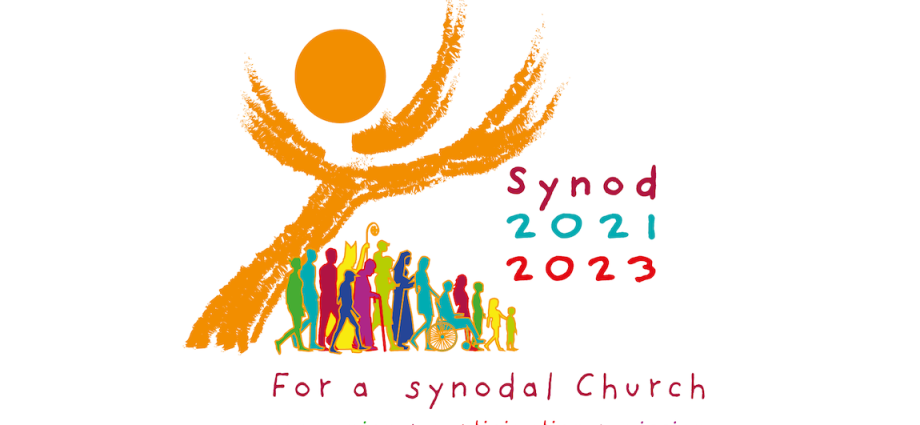By Stanislaus Alla
New Delhi, July 8, 2023: Dozen is not a small number when it comes to the number of persons a country can represent at a global meeting where the total number is going to be about 400.
The Vatican released on July 7 the list of those invited to attend the First Session (Second Session will be in October 2024) of Synod on Synodality to be held October 4-29.
The list includes three categories: participants with the right to vote (364 of them, as of now), those who could participate but will not be able to vote, and, finally, those who are there to help out in the smooth function of the meeting. As reported, a third of those with voting rights have been personally chosen by Pope Francis.
A large majority of the participants come in one of these categories: the cardinals, archbishops or bishops who have been elected by the Bishops’ Conferences or similar respective bodies in Western or Eastern Churches, ex officio participants because they are members of the Synod Council or they belong to some sui generis Churches or those who serve at the Vatican Offices; and, finally, some of the priests, sisters and lay people, nominated by the Bishops’ bodies and confirmed by the Vatican.
Apart from these, Pope Francis chose many cardinals, archbishops, bishops, priests, men and women Religious and members of the laity to be full participants in the Synod. Synods are usually called Synod of Bishops and only bishops could vote. Non-bishops have been invited earlier but this is the first time they will be able to vote. Exceptionally, more than 50 women are going to take part in the synodal proceedings. Numbers could vary as a few more could be added due to different reasons.
The Indian group consists of Cardinals Oswald Gracias, George Alencherry (Syro-Malabar Rite), Baselios Cleemis Thottunkul (Syro-Malankara Rite), Filipe Neri Ferrao, Antony Poola; Archbishops Andrews Thazhath, George Antonysamy, Jospeh Pamplany and Bishop Alex Vadakumthala.
To represent the voice of the Men and Women Religious as well as the others under-represented, we have Apostolic Carmel Sister Maria Nirmalini and Sister Lalitha Thomas, a member of the Sisters of St. Joseph of Tarbes.
And, Mathew Thomas’s name is added here: while he formally represents the Catholics in the Middle East, in the larger sense, he could represent our laity. Additionally, Tanya George, an Indian doctor working in the USA, is also a part of Synodal office in Rome.
Interestingly, there is no priest or brother in the list.
The Indian members come from and represent diverse constituencies: Rite-wise, regional and linguistic and cultural groups as well as the diversity of the faithful whom they serve or work for. In most Indian archdioceses the faithful come from different parts of our vast nation.
If a recommendation has to be made, it would be to include a person from the Central or North-East India, where millions of Adivasi/indigenous Catholics live. Though relatively poor, they constitute vibrant and promising communities that generate hundreds of vocations annually and bravely hold on amidst threats to their lives and to their faith.
Pope’s vision to renew and reform the Church, in line with the guidelines of Vatican II, would require full and active participation of all of the faithful. The twelve going to the Synodal sessions represent all of us, the Indian Catholic community as well as all Indians who dream of a future that is shaped by the Gospel values and the values enshrined in Indian Constitution. Our continuous involvement in the synodal process is essential – be it fruitful or disappointing- and it could be by praying for the synod, or by passing on some thoughts to these 12 representatives.
As many commentators already pointed out, it is going to be a phenomenal Synod. The participants come from all constituencies and categories (young and old, from South and from North, some promoting liberal views and others upholding conservative patterns, some turning to past with nostalgia and some looking to future with hope).
They all look forward sincerely to listen to each other, to learn from one another, to pray and discern together, trusting that it is the Spirit of the Lord who guides and animates them and the entire Church.


This is to complement Chhotebhai’s comments. When did the Catholic Church give importance to the laity of India?? NEVER. Now the Indian prelates have buried the laity. Let us sing the “Requiem”. May the laity REST IN PEACE!
There is no prelate representing the tribals of MP, Chhattisgargh, Jharkhand and Odisha. Northeast, as usual, is IGNORED. It is very unfortunate that the Pope is being misled by the Indian prelates for their selfish survival. This is the bitter truth. The Apostolic Nuncio in Delhi has not looked into this factor. He lives in his own world, as usual.
These members of the hierarchy DO NOT represent the Catholics of India. Disappointing that there is not a single lay persons. We may safely lay to rest whatever little aspirations we had from this Synod. Very Very Disappointing
YES, FINALLY IT’S SPIRIT OF THE ‘LORD’